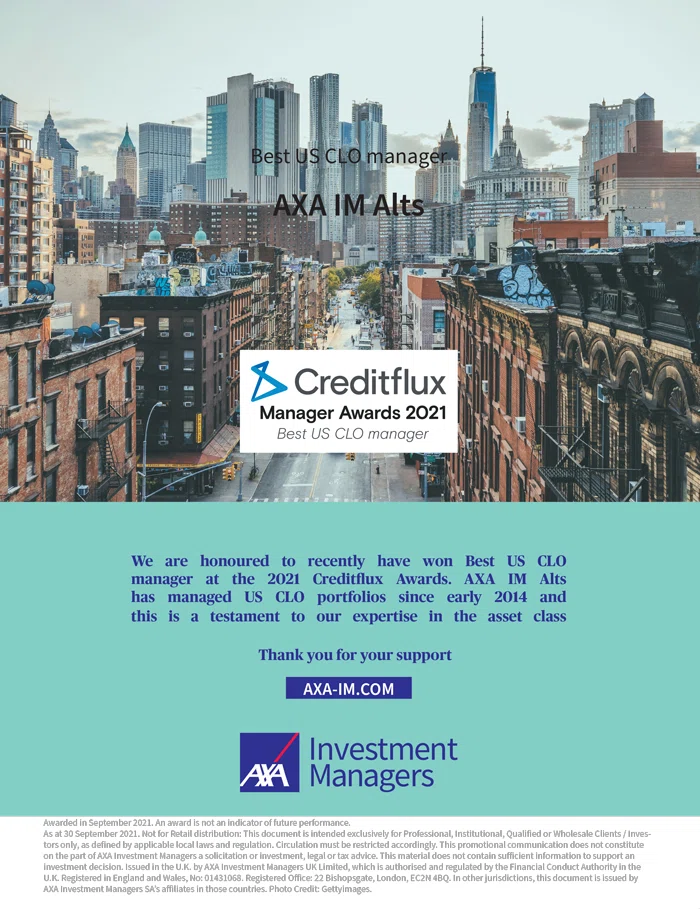

November 2021 | Issue 240
News
Tantrum time: investors brace for Fed to taper bond buying
Tantrum time: investors brace for Fed to taper bond buying

Dan Alderson
Deputy editor
The US Federal Reserve’s likely decision to curb its $120 billion-a-month bond purchase programme is looming as Creditflux goes to press — and buy-side sources say changing views on the sticking power of inflation are worrying for macro credit.
“Central bank balance sheets have been shown to be the number one thing correlated to the performance of credit and other risky assets,” says a portfolio manager in New York. “Everything else now is noise — and you won’t hear it over the anguish when tapering begins.”
The general expectation has become for Fed chair Jerome Powell to announce a $15 billion per month cut to the purchase programme at the 2-3 November policy meeting. The key test will be how resolute the Fed stays when a market tantrum ensues, says the manager.
A host of other concerns — including slowing Chinese growth, rising energy costs, and supply chain problems — have, in recent weeks, prompted PMs and bank credit strategists to advocate greater hedging and risk reduction. Accompanied by an increasing incidence of weekly fund outflows in both high yield and investment grade credit, this maps out a challenging November as the year’s final wave of borrowers hit the market.
“Inflation will be stickier than most economists are thinking”
Alberto Gallo, Head of macro credit | Algebris Investments
But while credit spreads have widened, volatility has so far been contained.
“We are still in a positive, reflationary, reopening environment, which is a bounce up from the summer where investors were very worried about China’s crackdown on property and the delta variant,” says Alberto Gallo, head of macro credit at Algebris Investments. “The economy is coping... and covid has essentially been beaten by vaccines.”
But heading into 2022 a growing concern is that bottlenecks in commodities and labour markets will persist.
“We’ve had the view that supply bottlenecks... would be persistent and therefore inflation would be stickier than most economists are thinking,” says Gallo. “For next year, the environment is more stagflationary, which means you must think about better hedges and bonds are not the best asset class to be in.”
He adds that credit in general is also not the best asset class to be in — unless you are very selective. “We prefer convertibles and commodities, and generally assets with a claim on the real economy rather than government paper,” he says.
Share this article:
Global credit funds & CLO's
November 2021 | Issue 240
Published in London & New York.
Copyright Creditflux. All rights reserved. Check our Privacy Policy and our Terms of Use.















